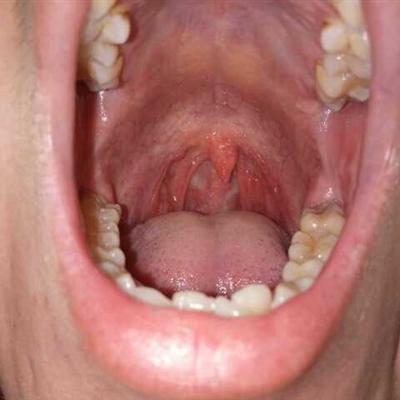Typical symptoms of purulent meningitis?
summary
The most common pathogens of purulent meningitis were pneumococcus, meningococcus and Haemophilus influenzae type B, followed by Staphylococcus aureus, Streptococcus, Escherichia coli, denatured bacteria, anaerobic bacteria, Salmonella and Pseudomonas aeruginosa. The source of infection can be caused by the infection of heart, lung and other organs to the ventricle and subarachnoid system, or by the direct spread of infection focus of skull, vertebra or brain parenchyma. It is one of the diseases that incidence rate and high mortality rate all over the world. Usually acute onset, mainly in infants and children and the elderly over 60 years old. Typical symptoms of purulent meningitis? Let's talk about it
Typical symptoms of purulent meningitis?
The disease is usually explosive or acute onset, a small number of insidious onset. At the initial stage, there are often symptoms of systemic infection, such as fear of cold, fever, general discomfort, and cough, runny nose, sore throat and other upper respiratory symptoms.

Headache is more prominent, with vomiting, neck stiffness, muscle soreness and so on. Mental symptoms are also common, often manifesting as restlessness, delirium, unconsciousness, drowsiness or even coma. Sometimes there may be generalized or localized convulsions, especially in children. Obvious meningeal irritation was found in all cases; Accompanied by hyperemia, edema. Due to different parts and degrees of brain parenchyma involvement, there may be focal signs of nervous system, such as aphasia, hemiplegia, monoplegia, and positive pathological signs on one or both sides.

Because the inflammation at the base of the brain often involves the brain nerves, it can cause ptosis, mydriasis and fixation, extraocular muscle paralysis, strabismus, diplopia, peripheral facial paralysis, deafness and dysphagia. Intracranial pressure is also more common, sometimes can cause cerebral hernia formation.

matters needing attention
The prognosis of this disease is poor, especially the prognosis of intrauterine infection of intestinal bacteria. Staphylococcus aureus and intestinal bacteria caused by bacterial resistance, treatment difficulties, mortality is also high. The death rate of Streptococcus pneumoniae induced encephalopathy can reach 15% ~ 25%, and it is easy to recur.











